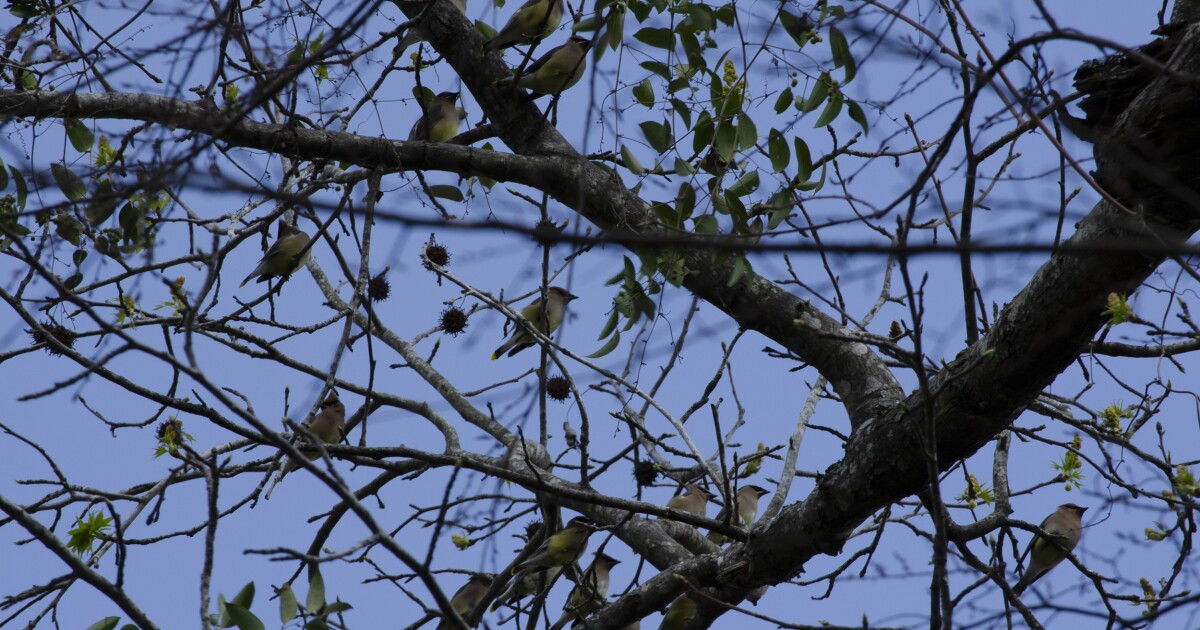After the sun sets, the sky fills with stars; billions of tiny lights can be seen in the sky but in many places, that is no longer the case.
Light pollution is the consequence of excessive amounts of artificial light. It blocks our ability to see the night sky but we are not the only ones.
Blake Grisham is a professor of wildlife management at Texas Tech. He said there are two types of migratory birds: neotropical and webless.
“There are neotropical migrants that breed in the United States in the summer months, and then they winter in South or Central America,” Grisham said.
Webless migratory birds are those that don’t necessarily leave the borders of the United States. Often these birds will spend winters in southwestern areas such as Arizona and migrate north for the summers.
Majority of migratory birds journey at night, traveling under the dark skies.
“They have specialized cells in the forefront of their brain to help them align themselves with the magnetic poles,” Grisham said.
According to the Smithsonian, magnetite, a magnetic mineral, is found in the beaks of birds. The presence of magnetite helps the birds align with the Earth’s magnetic poles.
While birds use these cells to align, Grisham said they also use celestial bodies to navigate.
The rotation of stars around the North Star helps young birds learn which direction is North before their first migration, according to Scientific America.
Light pollution reduces the visibility of stars creating navigation issues for birds passing through. But it’s not only a navigation issue. Light pollution makes it more difficult for birds to see what landscapes surround their path.
Grisham said the pollution causes birds to collide either with man made buildings or each other.
According to a study done in the PNAS Journal, 365-million to 488-million birds die each year due to collisions.
Lights out, Texas is an organization that is working to bring awareness to the effect of light pollution on bird species that migrate through the state. They partner with businesses and universities across the state to make sure lights are out when birds are passing through.
In terms of student safety it would be unwise for universities to completely turn out the lights. However, there are trade offs that need to be made to ensure environmental well-being.
Grisham said non-essential lights can be turned off or dimmed during migration periods, which last about six weeks of the year.
Reducing the amount of artificial light present is not only good for birds, according to Lights Out, Texas.
Grisham said birds have benefits for mankind too, whether it be societal or cultural. Being in nature, bird watching and stargazing are common hobbies.
An article published by the American Psychological Association proposed that time in nature reduces stress levels.
One of the best ways to mitigate excessive lighting is by targeting areas that require illumination. DarkSky offers resources on how to responsibly light areas while not affecting the visibility of stars.
Copyright 2024 KTTZ 89.1FM. To see more, visit KTTZ 89.1FM. 9(MDA4OTAxNzAzMDEzMjc0MTc2MzA5ZDZlMw004))

Leave a Reply